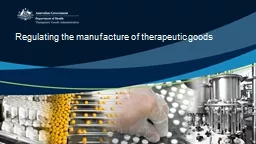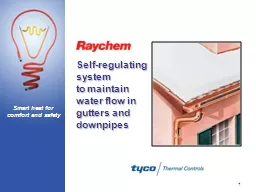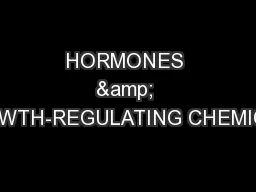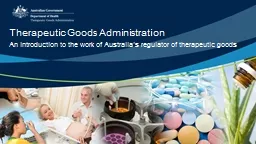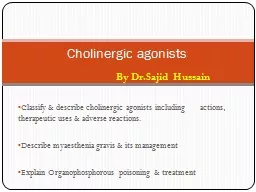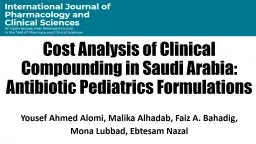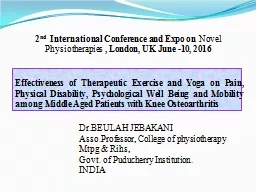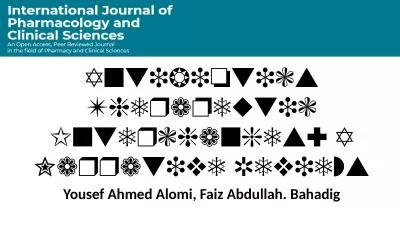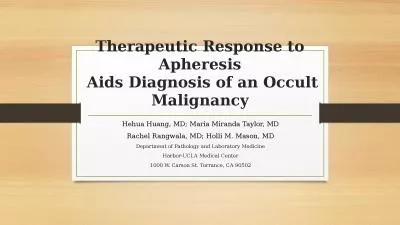PPT-Regulating the manufacture of therapeutic goods
Author : jane-oiler | Published Date : 2016-05-27
Overview Checking the quality of therapeutic goods Higher medium and lower risk products The basis of Good Manufacturing Practice Looking at the actual product The
Presentation Embed Code
Download Presentation
Download Presentation The PPT/PDF document "Regulating the manufacture of therapeuti..." is the property of its rightful owner. Permission is granted to download and print the materials on this website for personal, non-commercial use only, and to display it on your personal computer provided you do not modify the materials and that you retain all copyright notices contained in the materials. By downloading content from our website, you accept the terms of this agreement.
Regulating the manufacture of therapeutic goods: Transcript
Download Rules Of Document
"Regulating the manufacture of therapeutic goods"The content belongs to its owner. You may download and print it for personal use, without modification, and keep all copyright notices. By downloading, you agree to these terms.
Related Documents

